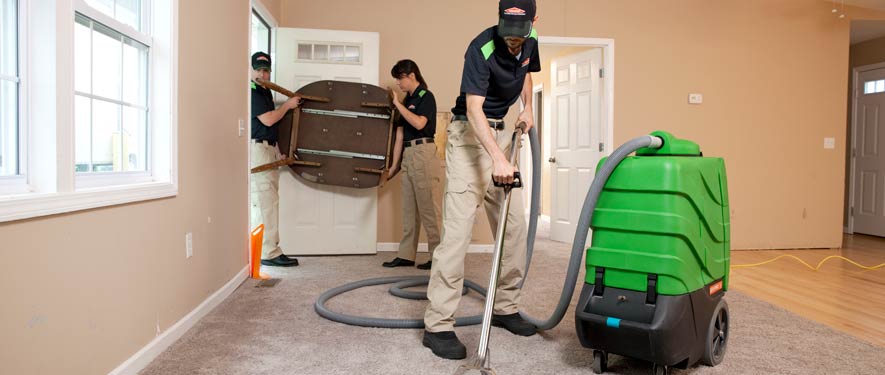
Step 3: Water Removal / Water Extraction
When you see your property submerged in several inches of water, the first thing you probably are going to ask yourself is “How am I going to get all of this water out of my house?” or “How am I going to pay for all of this damage?”. Don’t worry, you're not alone and your’re not the first homeowner to feel a bit distraught in this situation. The good news is SERVPRO of Bartow County handles issues like these nearly every single day, and has you covered from start to finish. SERVPRO offers 24/7 emergency water extraction services 365 days a year, even during major holidays. We have all the pumps, carpet extractors, and experienced technicians need to cleanup even chaotic water damages.
Move-Out / Pack-Out
If your home requires extensive restoration or cleaning, SERVPRO of Bartow County can conduct an organized, efficient move-out to protect your belongings from further damage.
- Move-Out Service
Emergency Water Removal
Our highly trained technicians will begin the water removal process almost immediately. Depending on the amount of water, we may use powerful submersible pumps in addition to industrial strength, wet/dry vacuums. Removing most of the water helps reduce drying time and helps prevent secondary water damage and mold and bacterial growth.
- Remove Excess Water
- Use Submersible Pumps and Industrial Wet/Dry Vacuums
Inspect the Carpet Pad and Carpet
We inspect the carpet and pad and determine if they should be removed to protect the subfloor.
- Inspect Carpet Pad and Remove If Needed
- Inspect Carpet and Remove If Needed
Water Removal Equipment
- Moisture detectors, hygrometers, and other meters measure the extent of moisture saturation.
- Infrared cameras may be used to find “hidden” water behind walls and ceilings.
- Submersible and gas-powered pumps are used for continuous pumping of high-level water.
- Truck-mounted and portable extraction units perform efficient water removal.






 24/7 Emergency Service
24/7 Emergency Service




